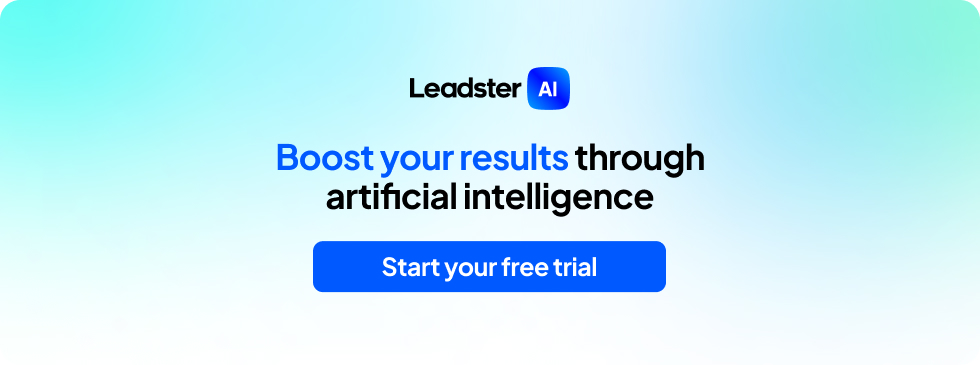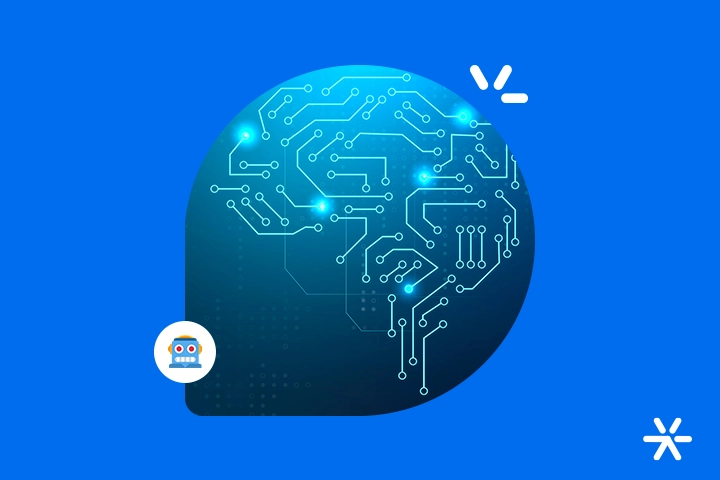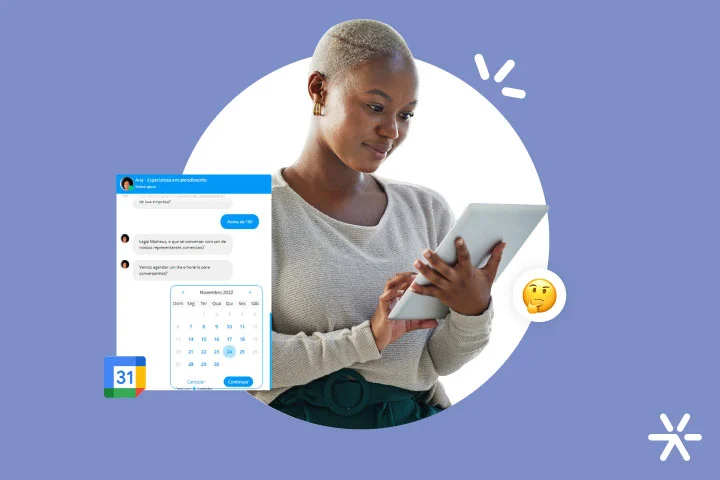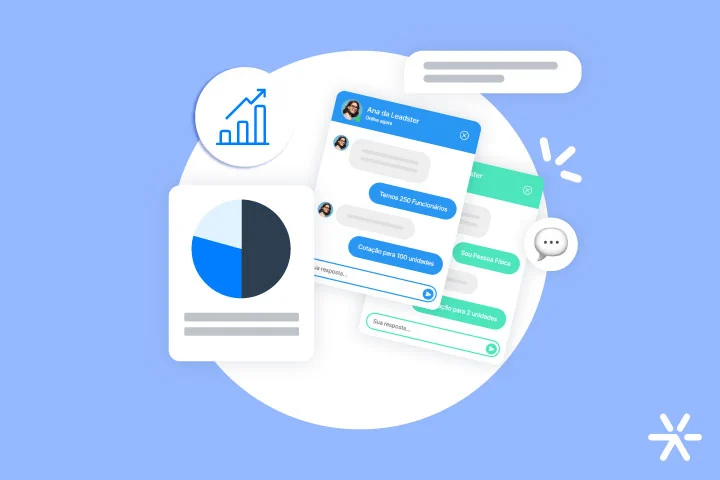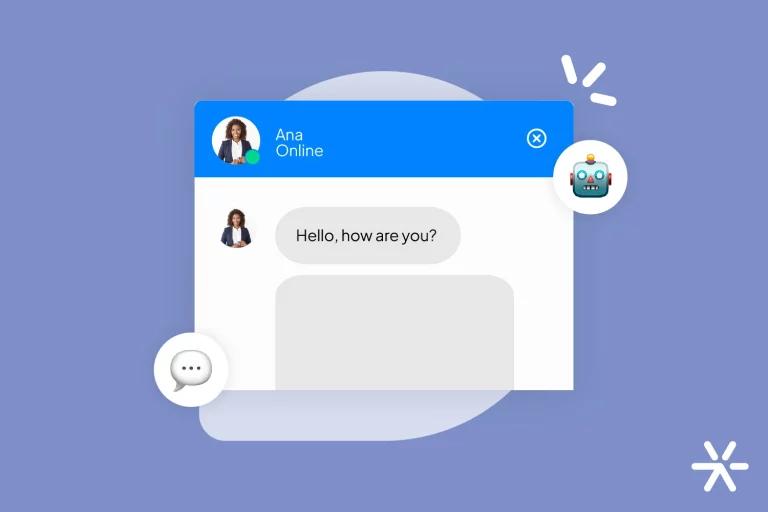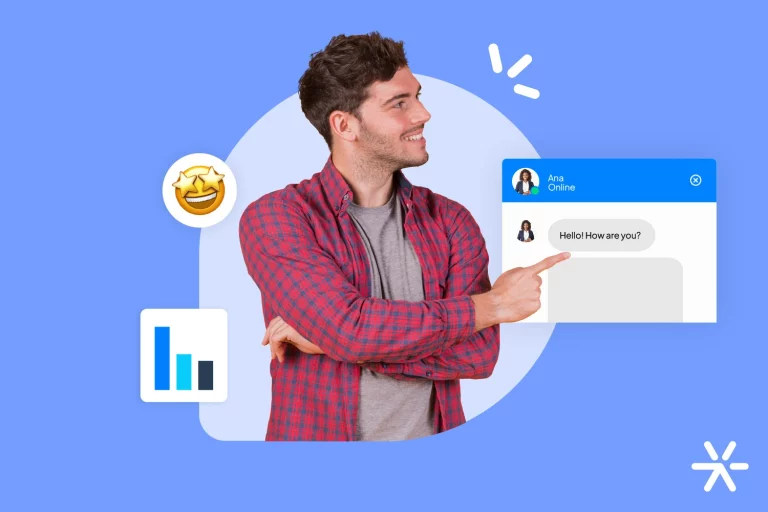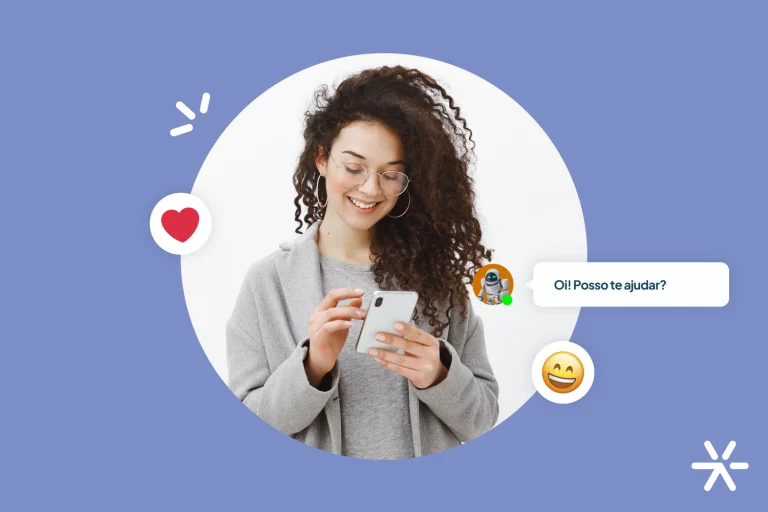Why do People Prefer Sales Chatbots Over Human Salespeople?
If you are the type of person who doesn’t like talking on the phone and prefers interacting with sales chatbots instead of humans, you most likely belong to the millennial generation and beyond.
Research indicates that chatbots are the primary tool for connection between brands and consumers when it comes to the audience aged between 18 and 37 years old.
According to a report by Freshworks Inc. and Toluna, 70% of these consumers interact with bots, and over 80% of them report being satisfied with the responses they receive.
But why does this happen?
Could it just be a habit of these new generations who were born into the internet world and are accustomed to messaging exchanges?
Or could this type of tool have a distinguishing feature that deserves attention?
That’s what we’ll discover in this article, so if you want the answers, keep reading!
Why so Many People Prefer Sales Chatbots Over Humans?

Are sales chatbots better listeners than humans – and is that why we prefer robots?
Actually, yes and no.
We have to think of sales chatbots as a combination of solutions since it provides quick responses to customers, is available at all times, offers solutions to simple problems, and doesn’t require as much bureaucracy or commitment as contacting a salesperson.
By combining all these factors, we can begin to understand why some consumers prefer chatbots, but let’s delve a little deeper.
Chatbots provide quick answers
A Userlike survey showed that 68% of consumers prefer sales chatbots because they provide quick responses.

And we can’t deny that since chatbots are programmed to respond quickly and directly.
We no longer need to wait for the issue to be analyzed, forwarded to a team, and only then answered.
Remember, we’re in the age of instantaneity, so we can’t wait hours for responses anymore – even if it’s something negative, like “we don’t have what you’re looking for.”
Chatbots offer support 24 hours a day, 7 days a week
As far as we know, humans need to sleep, eat, attend to their basic needs, and are entitled to rest, right?
So, it’s really not possible to be available 100% of the time for consumers, but this problem is easily solved with sales chatbots.
Users feel better knowing that their questions will be received at any time and that they won’t have to wait for business hours, for example.
Chatbots are the best option for solving simple issues
According to a PSFK survey, 74% of consumers prefer to use chatbots to receive answers to simple questions.
Once again, we’re entering the realm of instantaneity and ease, which is increasingly sought after by newer generations.
Nobody wants to wait hours – sometimes days – for simple questions, such as the price of products or opening hours, if chatbots can be programmed to answer them.
Chatbots are convenient and easy to use
A survey by LivePerson showed that 61% of consumers reported having a positive experience with chatbots.
Among the main positive points is convenience, at 52%.
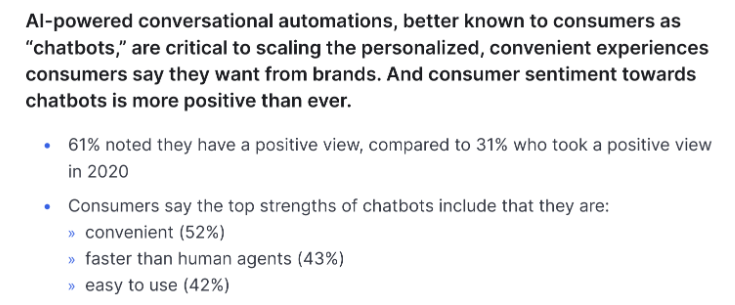
When mentioning convenience, we’re talking about being easy to use and having no bureaucracy, secrets, or difficulties associated with it.
New generations love chatbots
Finally, we do have the generational issue.
As I mentioned earlier in the text, millennials prefer chatbots when contacting brands.
According to the report “New Consumer Engagement Rules – Brazil,” published jointly by Freshworks Inc. and Toluna, 70% of consumers aged 18 to 37 interact with chatbots, and over 80% of them report being satisfied with the response they received.
Remembering that this trend will only grow, as newer generations have increasingly more contact with the internet and mobile devices.

What are the benefits of sales chatbots?
Okay, so far we’ve focused on the benefits that chatbots bring to consumers, but why should companies invest in this tool?
In addition to increasing team productivity by freeing up space for more creative and urgent demands, there are other benefits that can directly influence your business results.
Check it out:
Chatbots generate more qualified leads
A report by Drift showed that 59% of companies list increased generation of qualified leads as one of the benefits of using chatbots.
67% also point out that chatbots help obtain more information about the customer, facilitating qualification.
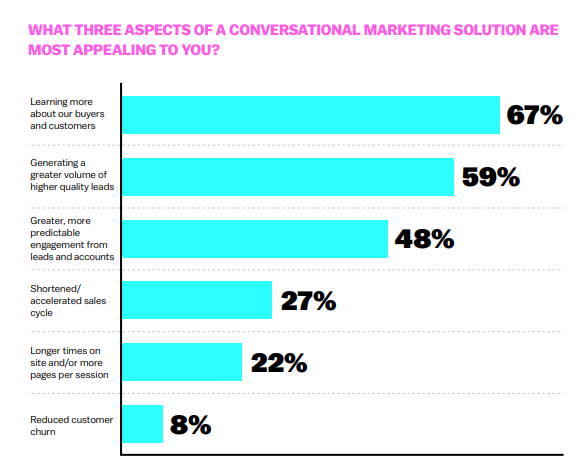
This happens because, in addition to the tool being available at all times – so you won’t lose contact opportunities – the sales chatbot can pre-qualify users through personalized questions and already direct the consumer to the right stage.
Chatbots save up to 30% in service costs
According to IBM data, chatbots can save up to 30% of a company’s service costs by taking on 80% of routine tasks and consumer inquiries.

You know all the costs you had with employees, tools, workspace, hours of service?
Well, all of this can be saved with a chatbot by your side, being responsible for serving your audience.
Chatbots reduce calls, instant messages, and emails by 70%
Don’t they say time is money?
Well, the chatbot is an expert in saving not only your company’s time but also reducing the frequency of communications in several other channels.
A Gartner study showed that virtual assistants and chatbots can reduce the number of calls, instant messages, and emails exchanged with consumers by up to 70%.
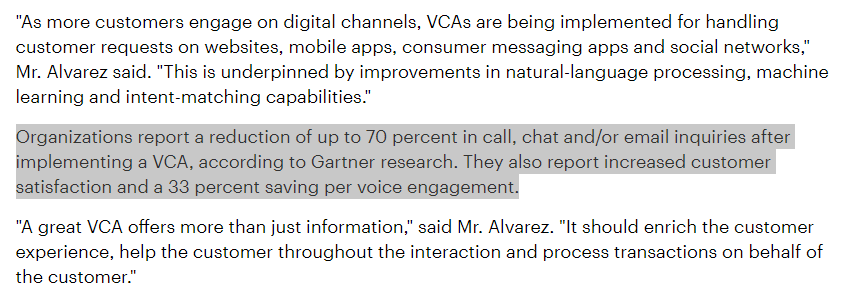
Through the tool, in addition to saving resources, you’ll be aligning your communications in one place, being able to take advantage of other channels to develop other strategies.
Sales chatbots FAQ
To wrap up our content and make it even clearer why some people prefer chatbots to salespeople, let’s address the most common questions and concepts!👇
What is a chatbot and what is it used for?
A chatbot is a computer software that simulates human conversations, whether written or spoken.
The tool enables interaction with digital devices similar to communication in real life.
With chatbots, it’s possible to converse with the user automatically and instantaneously.
What are the types of chatbots?
There are several types of chatbots. The main ones are:
- Customer service chatbot: developed to provide information or answer questions about a product, service, or process;
- Marketing and sales chatbot: generates qualified leads, understands consumer habits and interests;
- Live chat: also known as a virtual assistant, it is a blend of customer service and sales. Its main difference is the need for a human team behind it;
- Rule-based chatbot: operates via a predetermined scheme of commands and responses. Interaction is created through scripts;
- AI-based chatbot: besides simulating human intelligence, this type of chatbot relies on natural language processing technology;
- Option-based chatbot: offers options for visitors to be guided by predefined commands, facilitating quick and accurate interaction;
- Contextual chatbot: mainly applied in virtual assistant schemes, like Siri, Alexa, and Google Assistant;
- Keyword recognition chatbot: identifies certain pre-programmed words in the system and returns specific questions, answers, or directions to visitors based on them;
- Code-based chatbot: built from scratch based on codes and typically rendered through frameworks;
- DIY Chatbot: created with already robust frameworks as a base, with customization of rules and criteria following the individual needs of the company.
What is the best chatbot platform?
Best marketing and sales chatbot:
Leadster – a conversational marketing tool focused on increasing lead generation and site and LP conversion rates. It offers A/B testing, lead scoring, automatic meeting scheduling, personalized calls, WhatsApp redirection, and performance dashboard.
Best customer service and support chatbot:
JivoChat – can be applied on websites, WhatsApp, Facebook, Instagram, and emails.
Best WhatsApp chatbot:
Botsify – features data storage functionality, as well as the possibility of multimedia messages. It has easy integration with various plugins and platforms.
Best chatbot for Facebook Messenger, Telegram, Skype, and other channels:
ManyChat – its features include marketing, sales, and customer support. It offers the possibility to create your bot or customize templates offered by the platform.
How to create a free chatbot for lead generation?
After all this information, I believe you’ve become more interested in chatbots, right?
So, here’s a very simple step-by-step guide that, in less than 10 minutes, will result in a chatbot working on your site, check it out:
- Start your demo – access the Leadster website and click on “VIEW DEMO”. Then quickly create your account;
- Configure your account – set your goal, inform your company’s segment, choose your virtual attendant’s characteristics, create a personalized call, and view the demo on your site;
- Finalize your first flow – go to “Manage Flows”. Then define on which pages of the site the chatbot will be displayed, build your flow of questions, establish qualification criteria, direct leads to the right channels, and integrate with your marketing platforms;
- Activate Leadster on your site – simply activate your chat via plugin on already configured platforms (like WordPress) or via code;
The rest is up to Leadster!
So, are you ready to put this creation into practice?
Start your 14-day free trial right now!
